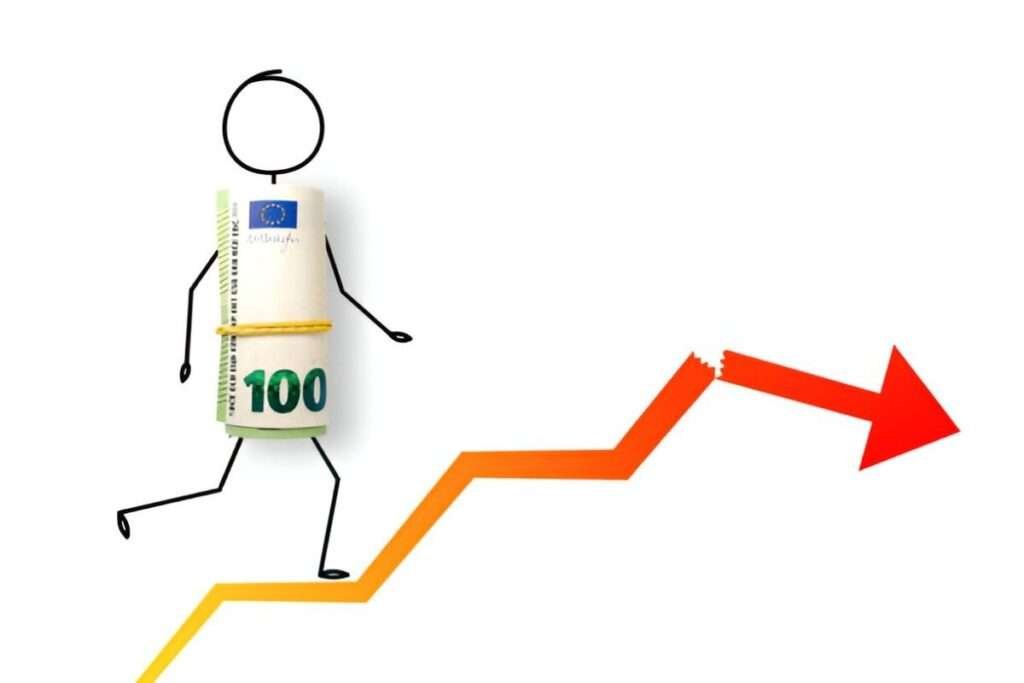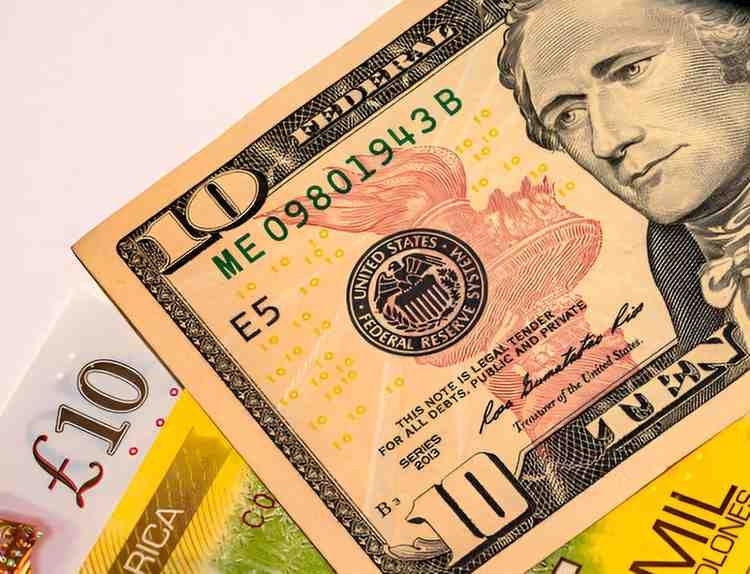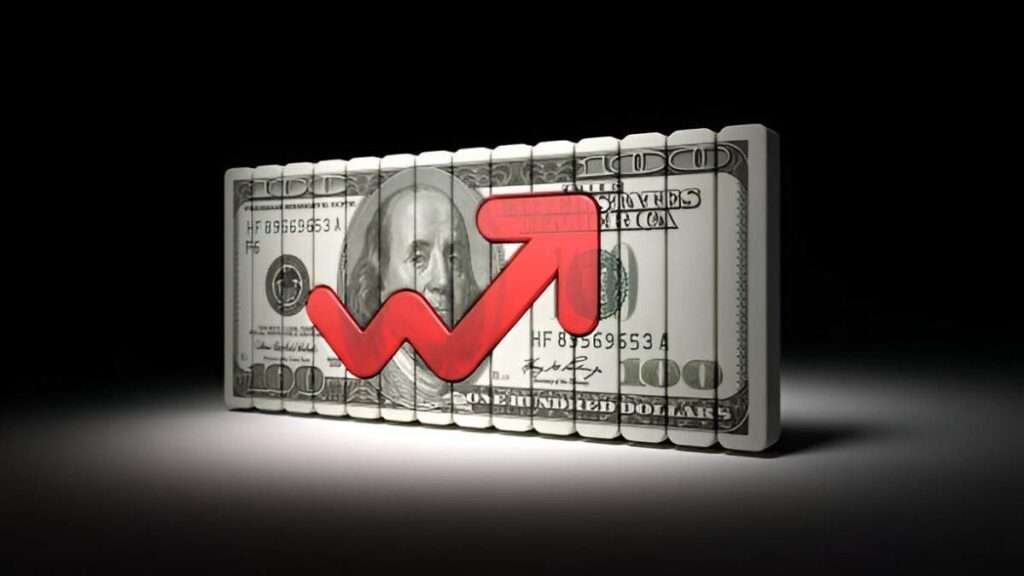In the world of forex trading, the timing of market operations is crucial. As a trader, understanding when the market is open and closed is essential for making informed decisions. One major player in the forex world is Standard Bank, a significant financial institution offering various trading services, including forex. In this article, I’ll delve into the forex trading hours for Standard Bank, explain how they align with global trading sessions, and provide a detailed perspective on how to manage your trading activities efficiently within these hours.
Table of Contents
What Are Forex Trading Hours?
Forex trading operates in a decentralized global market. Unlike stock markets, which have fixed trading hours, the forex market is open 24 hours a day, five days a week. The market is divided into several trading sessions, which overlap at certain points, creating windows of opportunity for traders.
The four main trading sessions are:
- Asian Session: Runs from 5:00 PM to 2:00 AM (Eastern Time).
- European Session: Runs from 3:00 AM to 12:00 PM (Eastern Time).
- North American Session: Runs from 8:00 AM to 5:00 PM (Eastern Time).
- Pacific Session: Occurs outside of these hours, mainly affecting New Zealand and Australia but has limited trading volume.
The forex market doesn’t have a central exchange, and because it operates across time zones, different regions have different peak trading hours. For traders in the United States, knowing when these sessions overlap is key to maximizing trading opportunities.
Standard Bank Forex Trading Hours
Standard Bank, like other global financial institutions, operates in these key forex sessions. For US traders, understanding Standard Bank’s forex trading hours requires knowing the time zones of the regions where the bank operates and how they align with the major forex trading sessions.
Standard Bank’s forex trading hours are influenced by the same global trading session structure. As a result, the bank’s forex services are available 24 hours a day, five days a week. The actual trading hours are generally based on the opening and closing times of the markets in major financial centers such as London, New York, Tokyo, and Sydney.
Trading Time Zones and Overlaps
I find it helpful to think of the forex market as divided into three major trading hubs based on time zones:
- The London Session (3:00 AM – 12:00 PM Eastern Time): This session overlaps with both the Asian and US sessions, making it one of the most volatile trading periods. It’s during this time that a significant portion of global forex trading volume occurs.
- The New York Session (8:00 AM – 5:00 PM Eastern Time): The US session overlaps with the tail end of the London session, creating a high volume of trade.
- The Tokyo Session (5:00 PM – 2:00 AM Eastern Time): This session marks the beginning of the 24-hour forex cycle and is significant for trading the Asian currencies.
Standard Bank’s Forex Trading Hours and Key Overlaps
Here’s a table illustrating the overlap of trading sessions relevant to US traders:
| Trading Session | US Time Zone | Key Overlaps with Other Sessions |
|---|---|---|
| London Session | 3:00 AM – 12:00 PM | Overlaps with New York (8:00 AM – 12:00 PM) |
| New York Session | 8:00 AM – 5:00 PM | Overlaps with London (3:00 AM – 12:00 PM) |
| Tokyo Session | 5:00 PM – 2:00 AM | Overlaps with London (3:00 AM – 5:00 AM) |
| Sydney Session | 5:00 PM – 2:00 AM | Overlaps with Tokyo (5:00 PM – 2:00 AM) |
For traders in the US, the best time to trade with Standard Bank is typically when the London and New York sessions overlap. This overlap brings the highest liquidity, and hence, volatility and opportunities for profit.
Why Forex Trading Hours Matter
Understanding forex trading hours is crucial because the volatility of currency pairs is directly related to market activity during these times. For example, when the London session is open, currency pairs like EUR/USD tend to experience higher volatility due to the heavy volume of transactions taking place in European markets. Similarly, the overlap between the London and New York sessions often sees massive moves, particularly in USD pairs.
Trading during peak times like the London-New York overlap ensures that you’re taking advantage of market liquidity. Less liquid periods, such as during the Pacific session, might offer fewer opportunities, and the spread between the buy and sell price may widen, leading to higher trading costs.
How Standard Bank Supports Forex Traders
Standard Bank provides forex trading services through its platform, which is accessible to traders at any time during these 24-hour sessions. As a leading bank in South Africa, Standard Bank’s forex offering is reliable, and their service operates in line with the global forex market’s operating hours.
Additionally, Standard Bank offers a range of forex tools, including real-time price feeds, market analysis, and access to various currency pairs. The bank’s customer support is available during market hours to assist traders with any issues, making it easier for users to trade without interruptions. However, it’s important to note that certain currency pairs or markets may have different trading hours or liquidity constraints.
Global Market Time Zones and Standard Bank Trading Hours
When considering the best time to trade with Standard Bank, it’s helpful to compare the time zones of major forex markets. Here’s a breakdown:
| Market | Location | US Eastern Time (ET) |
|---|---|---|
| Sydney | Australia | 5:00 PM – 2:00 AM ET |
| Tokyo | Japan | 5:00 PM – 2:00 AM ET |
| London | UK | 3:00 AM – 12:00 PM ET |
| New York | USA | 8:00 AM – 5:00 PM ET |
Using these time zones, you can easily determine when Standard Bank will be active based on the region you’re trading in.
Example of Effective Forex Trading with Standard Bank
Let’s look at a practical example. Suppose I’m interested in trading the EUR/USD currency pair. The ideal time for me to trade is during the London-New York overlap, as this is when both the European and North American financial centers are actively trading. During this period, I can expect the EUR/USD pair to experience more significant price movements, providing opportunities for profit.
For instance, if I enter a trade at 9:00 AM ET when both markets are active, I may see increased volatility, which can lead to a more favorable trading environment. If I place a buy order at 1.1200 and the price moves to 1.1250 within a few hours, I could make a profit of 50 pips. However, trading outside the overlap could result in less favorable conditions and wider spreads, leading to less profit potential.
Maximizing Profits with Standard Bank’s Trading Hours
As a trader, I can increase my chances of success by aligning my trades with peak market hours. Using Standard Bank’s platform, I can access data, charts, and other trading resources that provide real-time market updates, giving me the edge during key trading hours.
I also need to consider the time zone differences when managing my trades across different regions. For instance, if I am trading EUR/USD during the London session but find myself in a different time zone, I can still plan my trades according to the time zone in which the market is most active. Additionally, some traders use automated systems like Expert Advisors (EAs) to manage their trades during these peak hours.
Conclusion
In summary, understanding the forex trading hours and the role Standard Bank plays within them is essential for any trader. By knowing when the major trading sessions overlap and how Standard Bank’s platform operates within these hours, I can make more informed trading decisions and maximize my opportunities.
By utilizing the time zones, knowing when to trade the most liquid pairs, and being aware of the less active periods, I can effectively navigate the forex market. Standard Bank offers a robust platform for those who want to take advantage of the forex market’s 24-hour nature, and by aligning my trading activities with the right hours, I can improve my chances of success.





